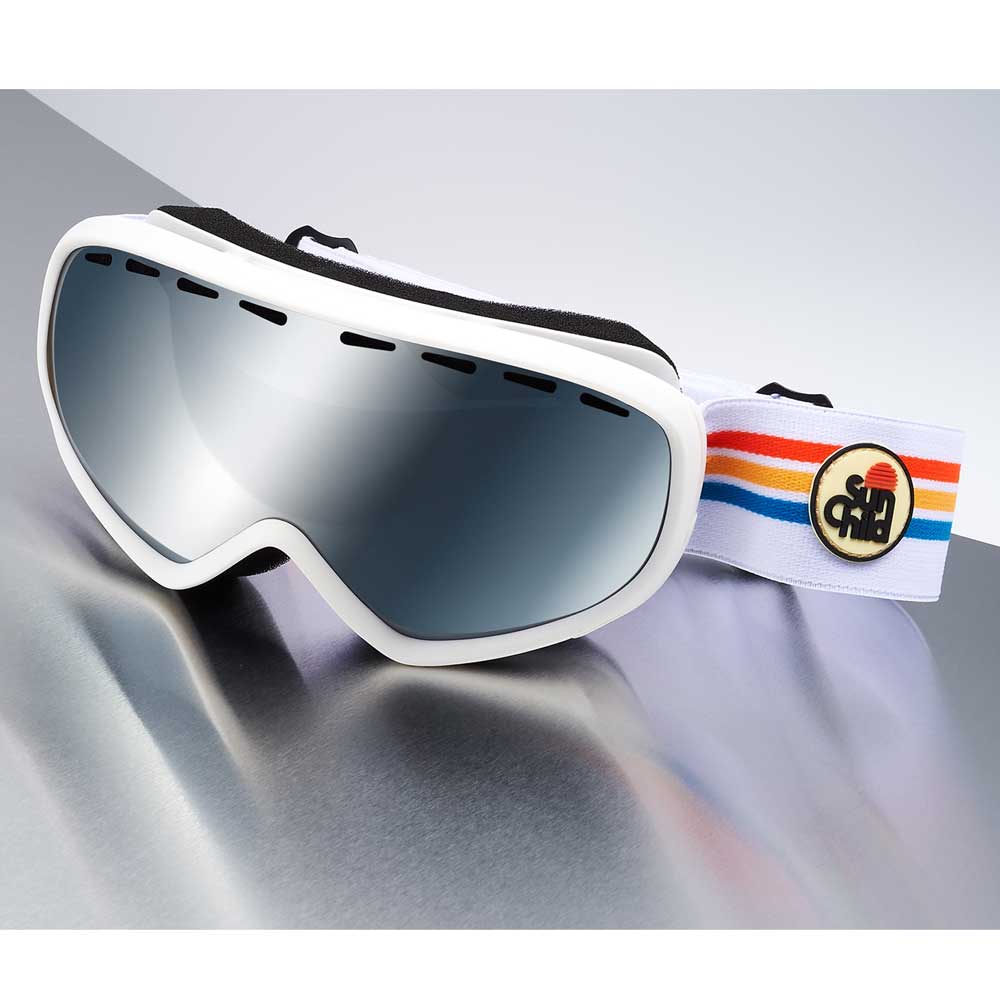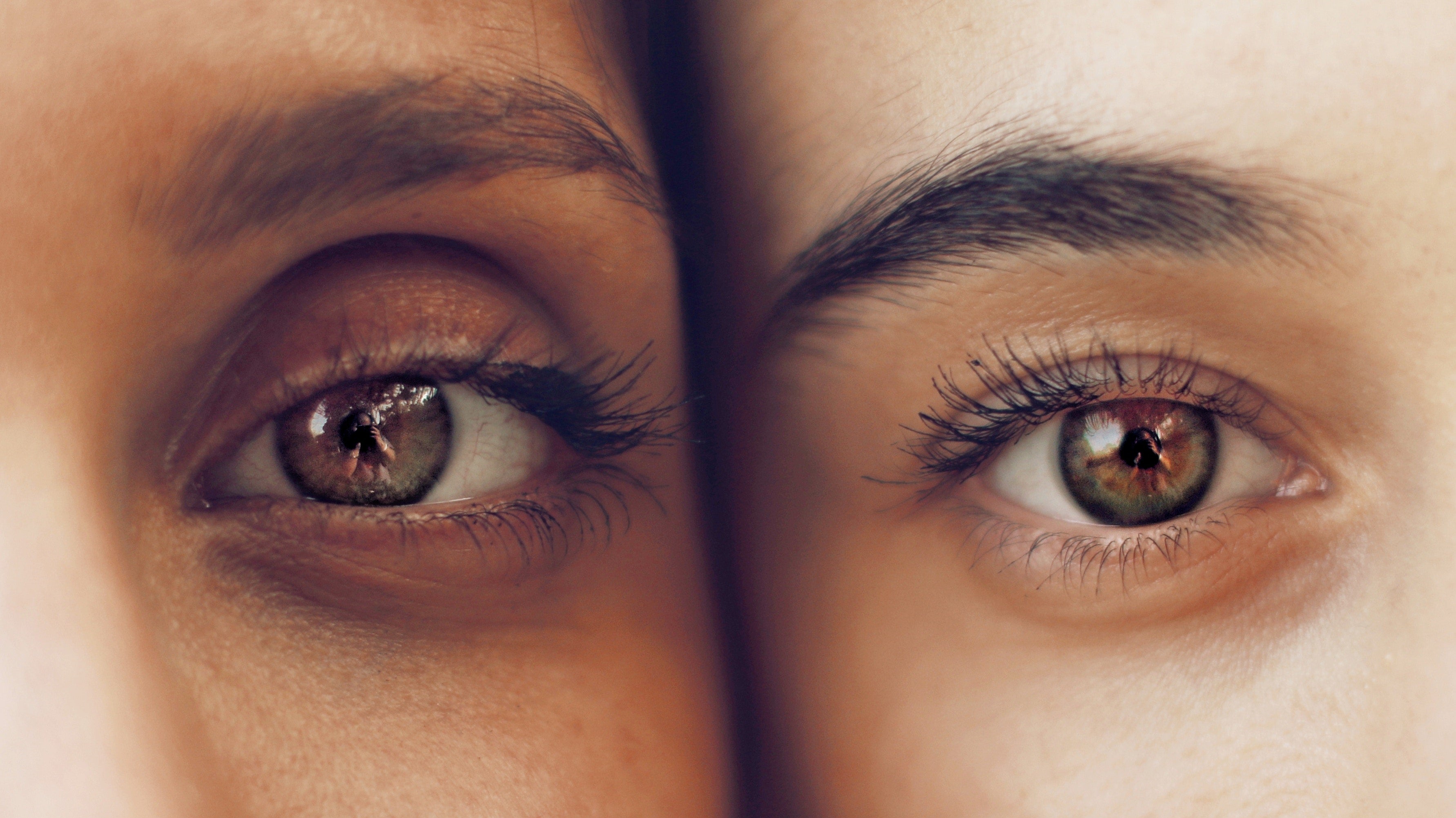Varionet News
Filter by
All
accessoire de mode
accident vasculaire cérébral
accommodation
acuité
aliments
allergie oculaire
anti-lumière bleue
anti-reflet
armani
avc
basse vision
bfcm
black friday
blessures oculaires
buée
cadeaux noël
camouflage
canicule
casque moto
cataracte
cerveau
chamoisine anti-buée
champ visuel
changement d'heures
changement de lunettes
chiffon antibuée
chiffonnette anti-buée
Chloé
CliC
conduire l'hiver
conduite de nuit
conduite sécurisante
cônes
confinement
confort
confort oculaire
confort visuel
conjonctive
conjonctivite
conseils choix lunettes
contraste
cool blue
Cool Blue Relax
cornée
coronavirus
correction
couleur
couleur tendance
couleur tendance 2020
coupe du monde de foot
covid-19
cristallin
Custo Barcelona
cyber monday
daltonien
daltonisme
déconfinement
défaut visuel
dépistage visuel
design italien
dessèchement
DMLA
éblouissement
écart pupillaire
élégance
eleven paris
EPI
essuie-verres anti-buée
essuie-verres antibuée
été
examen visuel
fatigue oculaire
fatigue visuelle
French days
gaming gen 5
globes oculaires
hong kong optical fair
horloge biologique
hypermétropie
idée cadeau
idées cadeaux
illusion d'optique
images subliminales
info mode
infos lunettes
infos mode
infos santé
irritations oculaires
jeux vidéos
journée mondiale de la vue
kératocône
lacoste
Lanvin
lecture
lentilles
lingette antibuée
lingettes désinfectantes anti-bactérienne
loupe
loupe de presbytie
lumière bleue
lunette anti lumière bleue armani
lunette anti-fatigue
lunette anti-lumière bleue
lunette de lecture
lunette de lecture armani
lunette de lecture solaire
lunette de lecture solaire armani
lunette de luxe italienne
lunette de protection
lunette de soleil
lunette de soleil polarisé noel
lunette filtre lumière bleue
lunette gamer
lunette gaming anti-lumière bleue
lunette loupe
lunette mode
lunette nylor
lunette pilote
lunette progressive
lunettes
lunettes 3D
lunettes à réalité augmentée
lunettes aimantées
lunettes ant-lumière bleue
lunettes anti fatigue
lunettes anti lumière bleue pour ordinateur
lunettes anti lumière bleue sans correction
lunettes anti-buée
lunettes anti-lumière bleue
lunettes anti-lumière bleue à petits prix
lunettes anti-lumière bleue de repos
lunettes anti-lumière bleue filtrant 100% des UV et de la lumière bleue toxique
lunettes anti-lumière bleue pour écran
lunettes anti-lumière bleue Ray-Ban
lunettes anti-lumière Pilote classique
lunettes anti-uv
lunettes antireflet
lunettes Arrow
Lunettes au plomb Supercontryx
lunettes avec des verres miroir
lunettes aviateur
lunettes aviator
lunettes beta-titane
lunettes bleue
lunettes clic
lunettes clic tube
lunettes clip-on
lunettes clubmaster
lunettes connectées
lunettes correctrices
lunettes Custo
lunettes de bricolage
lunettes de chantier
lunettes de conduite de nuit
lunettes de gaming anti-fatigue
lunettes de lecture
lunettes de lecture anti-lumière bleue
lunettes de lecture avec clip solaire
lunettes de lecture avec clip-on polarisé
lunettes de lecture avec nos verres de proximité photochromiques gris
lunettes de lecture de marque
lunettes de lecture de presbytie
lunettes de lecture dégressives
lunettes de lecture ordinateur
lunettes de lecture solaires
lunettes de près
lunettes de presbytie
lunettes de prot
lunettes de protection
lunettes de protection à la vue
lunettes de protection anti-lumière bleue
lunettes de protection antibuée
lunettes de protection couvrantes
lunettes de protection sans correction
lunettes de protection Varionet Safety
lunettes de proximité
lunettes de proximité photochromiques gris
lunettes de radioprotection
lunettes de repos
lunettes de sécurité
lunettes de sécurité sans correction
lunettes de sécurité sur ordonnance
lunettes de soleil
lunettes de soleil Aviator
lunettes de soleil footballeur
lunettes de soleil polarisantes
lunettes de soleil pour lire
lunettes de soleil pour noel
lunettes de soleil sans correction
lunettes de travail
lunettes de vision de près
lunettes de vue
lunettes de vue en titane
lunettes dégressives
lunettes demi-cerclées
lunettes Dior
lunettes E-sport
lunettes élégantes
lunettes en polycarbonate
lunettes en titane
lunettes enfant
lunettes gamers
lunettes gaming
lunettes geek
lunettes hugo boss
lunettes luxe
lunettes magnétiques
lunettes magnétiques de près
lunettes mi-distance anti-lumière bleue
lunettes mode
lunettes multi distances Montana Eyewear
lunettes multidistances Slastik
lunettes oakley
lunettes ordi
lunettes ordinateur
lunettes ordinateur Cool Blue ™
lunettes ordinateur pour presbytes
lunettes ordinateur Ray-Ban
lunettes ordinateur sans correction
lunettes pantos
lunettes pilote
lunettes polarisées
lunettes pour jeunes
lunettes pour jeux vidéos
lunettes pour lire
lunettes pour lire au soleil
lunettes pour tous
lunettes pré-montées
lunettes presbyte
lunettes presbytie
lunettes progressives
lunettes rondes
lunettes rondes en métal
lunettes semi progressifs
lunettes semi-cerclées
lunettes semi-cerclées anti-lumière bleue
lunettes solaire
lunettes solaires
lunettes souples à mémoire de forme
lunettes versace
lunetttes de soleil
luxe
macula
made in france
marque intergénérationnelle
Maserati
masque
masque de ski
masque UNS1
masques
masques à réalité augmentée
masques de protection respiratoire
masques lavables et réutilisables
masques respiratoires
masques-visières
maux de tête
mélatonine
microfibre anti-buée
mirage
modèle aviator
modèle wayfarer
monture ronde et écaille
myopie
nettoyant lunettes
new york yankees
normes EN166
oakley
oakley store
oeil
oeil sec
opticien en ligne
optyl
ordinateur
orthokératologie
petits prix
point aveugle
polar
port masques obligatoires
presbytes
presbytie
préserver ses yeux
prévention
problème visuel
protection auditive
protection des yeux
protection des yeux et du visage
protection oculaire
protection solaire
protection soleil
protection UVA UVB
protection yeux canicule
protéger ses yeux chaleur
quart d'heure de lecture national
ray ban
ray-ban
ray-ban authentique
Rayons X
reconnaitre Ray-Ban
rétine
Round metal
rythme circadien
Saint gobain
santé
santé oculaire
santé visuelle
sécheresse oculaire
sècheresse oculaire été
sécurité
shop oakley
smartphones
solaires
solaires polarisées
solano
soldes d'hiver
sommeil
spray nettoyant
stress oculaire
sur lunettes
sur-lunettes de soleil
surlunettes polarisantes
surlunettes polarisées
symbolique couleur
syndrome de l’œil sec
télétravail
tendance 2019
thanksgiving
titane
tod's
travail sur écran
trompe l'oeil
troubles visuels
TV
ultem
UV
verre G15
verre loupe
verres au plomb
verres de proximité
verres de repos
verres dégressifs
verres dégressifs Varionet
verres électroniques
verres en polycarbonate
verres jaunes
verres photochromiques
verres polarisants
verres solaires G15
visibilité
visière
vision
vision binoculaire
vision de près
vision des couleurs
vision floue
vision nette
vision pro
vison nette
vuarnet
vue
wayfarer
yeux
yeux protégés
yeux rouges
œil myope
The brain controls our vision, and makes us see anything!
The brain controls what we see since it is the optic nerve behind the eye which is linked to the brain which allows us to reconstruct the images we see....
sunglasses day
A few days after the start of summer, on June 27, in the United States and Canada, National Sunglasses Day is celebrated each year. This day was created by the...
Foods that are good for your eyesight!
Good food for good eyesight! We think of paying attention to what we eat to improve nail growth or to have shiny and healthy hair, but our eyes are often...
The harmful effects of light
Some beneficial effects of light such as vision of shapes, vision of colors… are well known to everyone and obvious. Others like the biological clock, the action on the psyche are less so and benefit from advances in medical research.
The aging of the eye
The aging of the eye, a subject that concerns us all! Our tissues and organs age . Unfortunately, the eye does not escape this harsh reality. Today it is important to protect...
OMEGA 3 and eyesight
The eye by its complexity is a marvel of nature . It captures light, analyzes it and interacts with its environment. It is necessary to preserve it and keep it healthy for as long as possible. Because sight is life , through this article we will explain to you how OMEGA 3 play an essential role in preserving our vision. Indeed, food hygiene and the right balance between OMEGA 3 and OMEGA 6 make it possible to protect and maintain vision over the long term.



